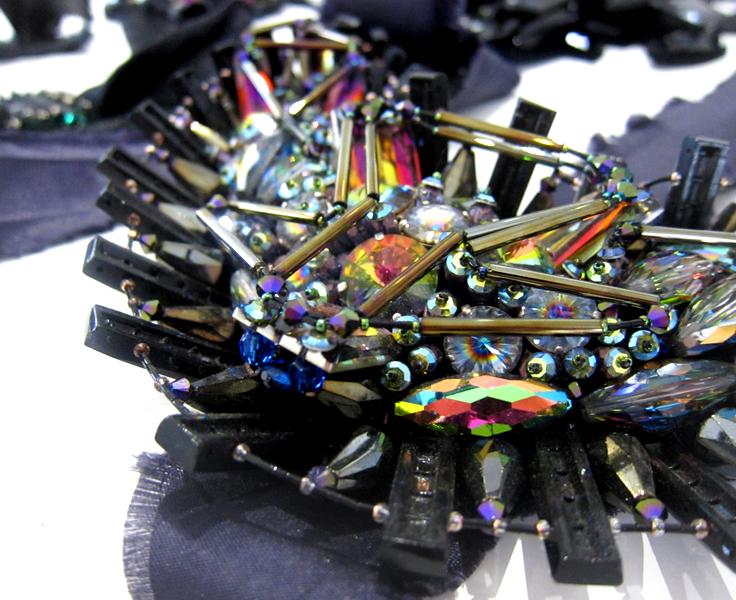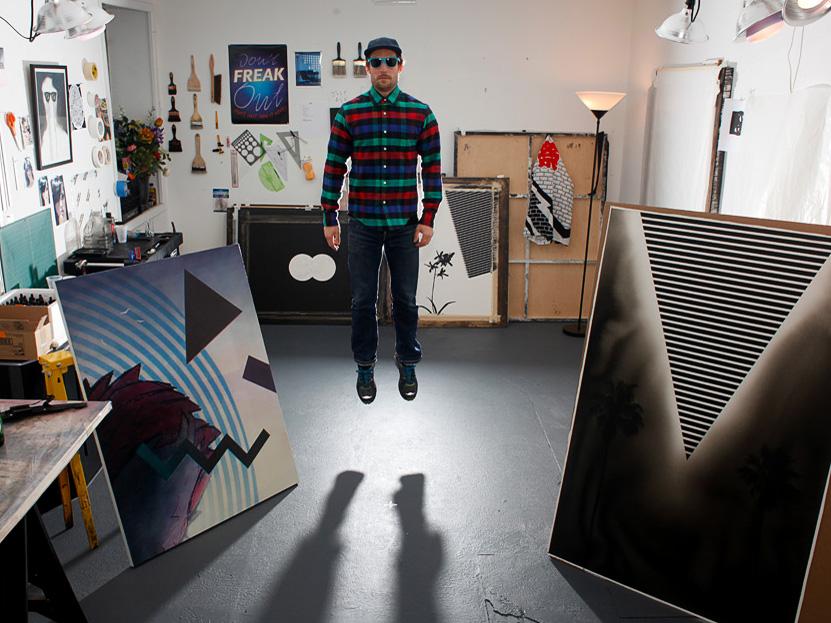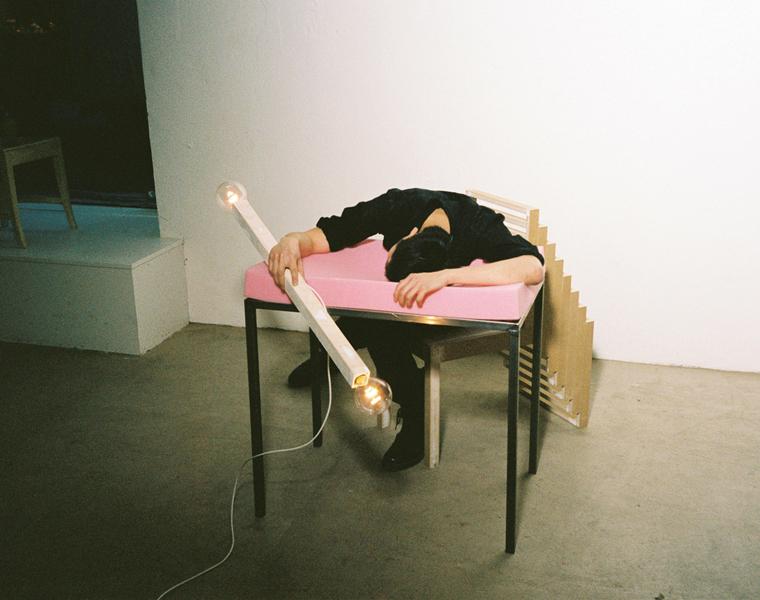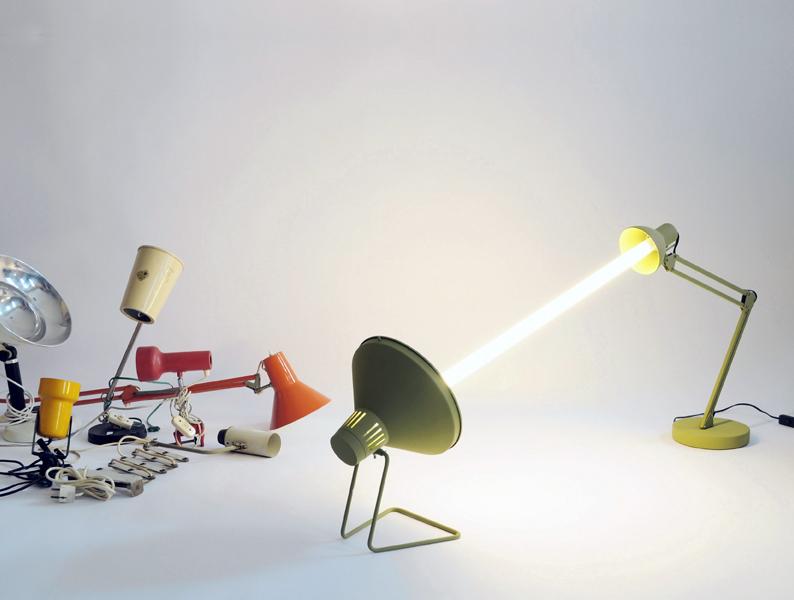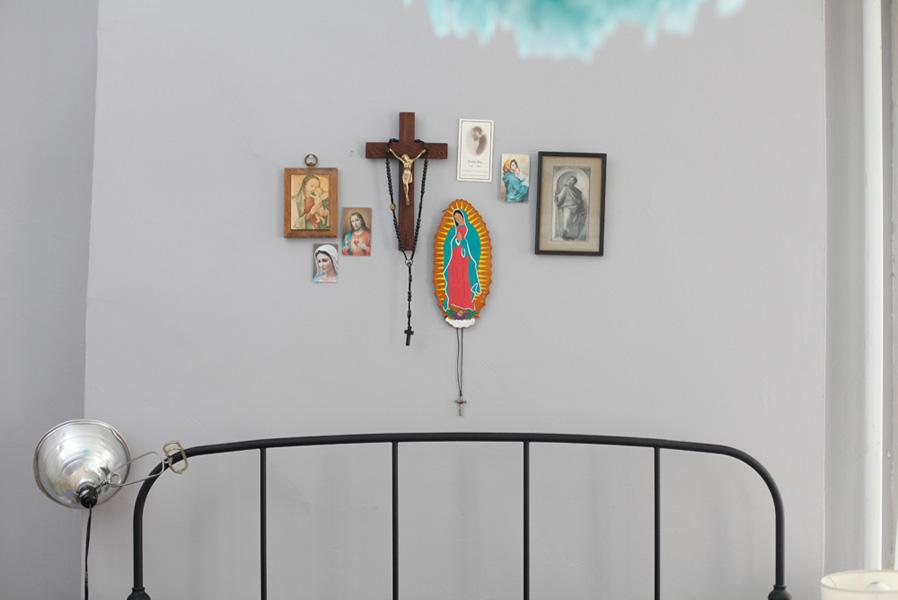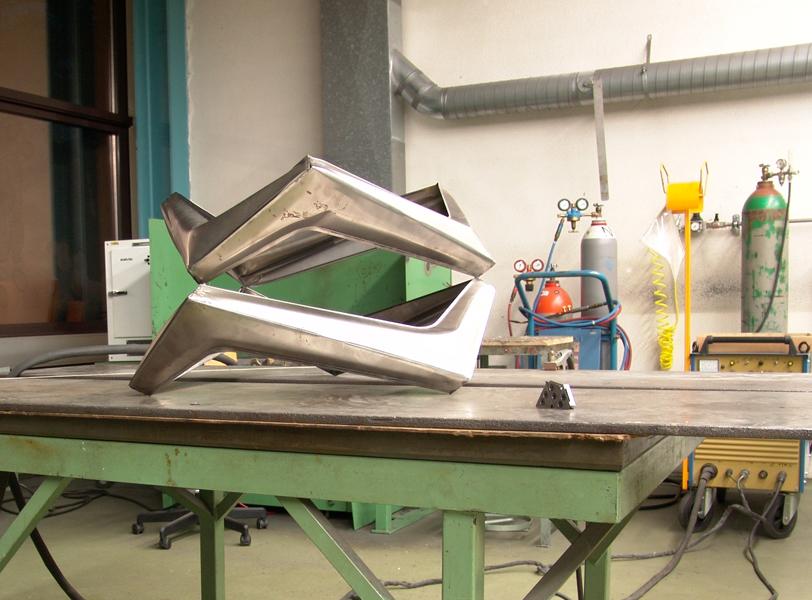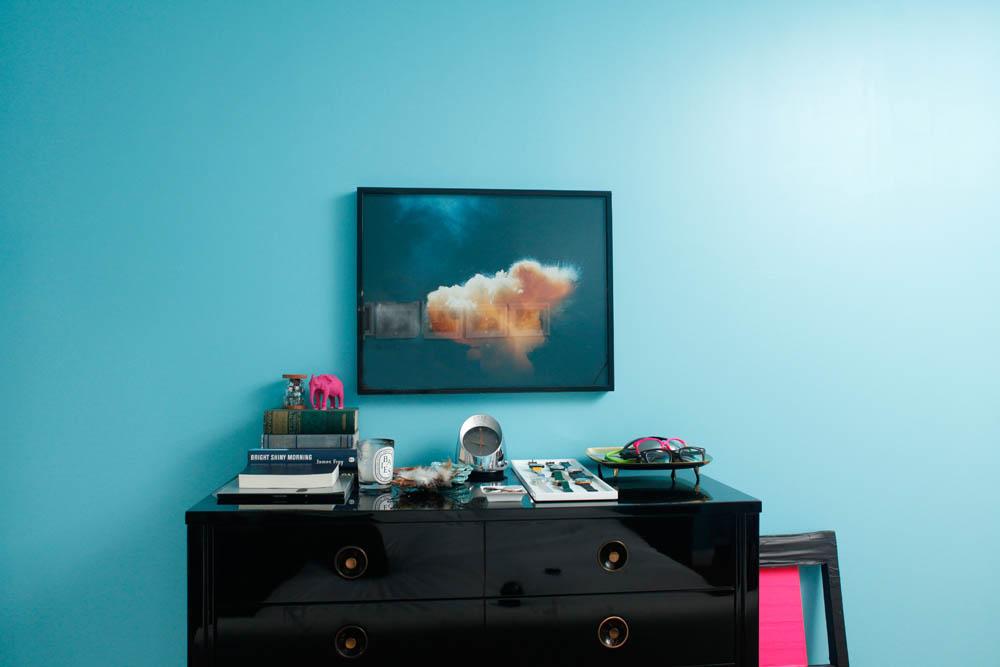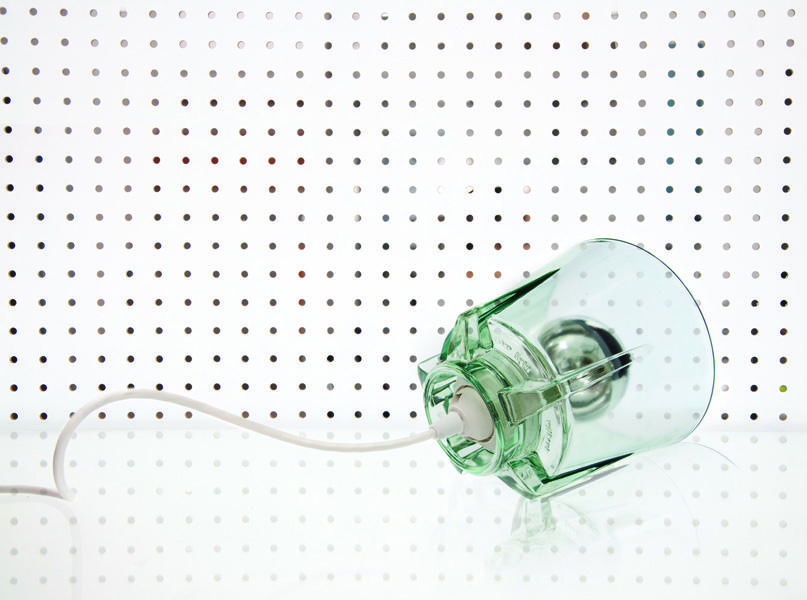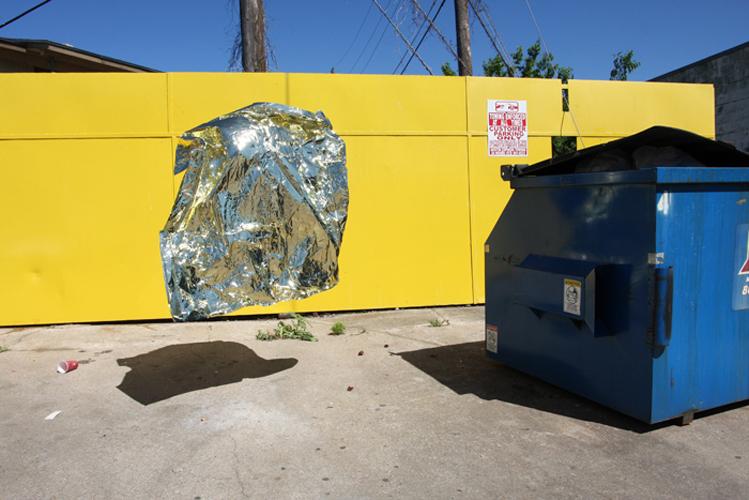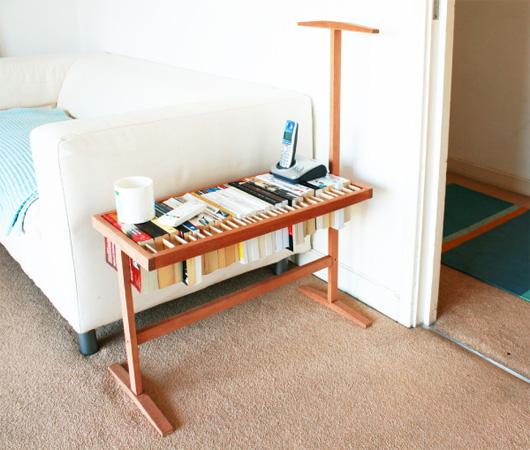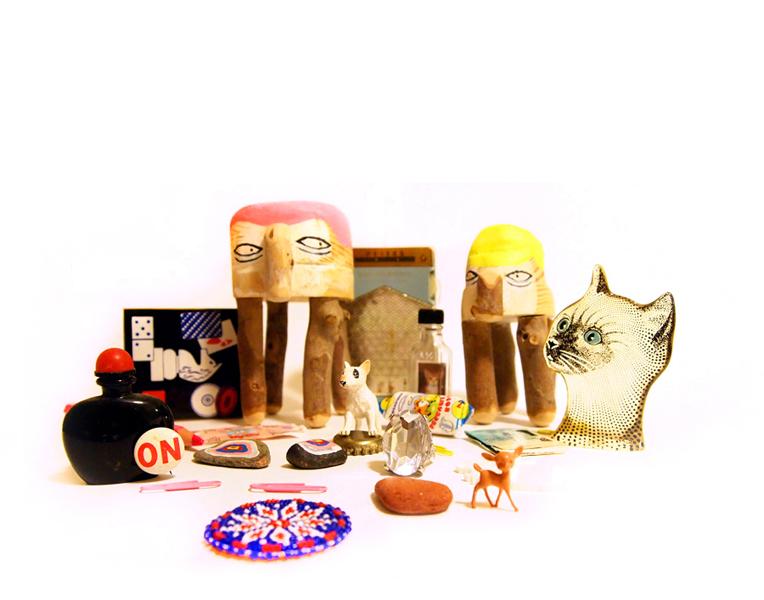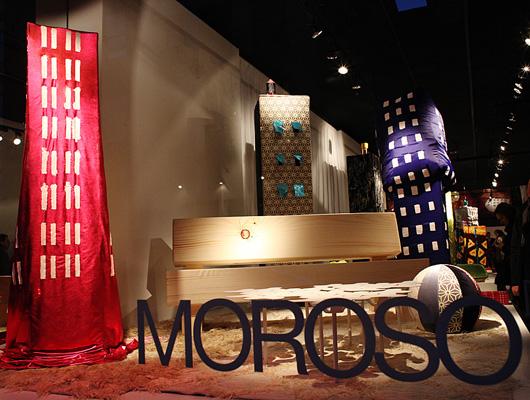
03.07.11
Q+A
Patrizia Moroso, Design Producer, and Anna Galtarossa, Artist
It gyrates, it whirs, and it's every bit the mechanically-powered spectacle of a department-store Christmas Village: Italian furniture brand Moroso's New York showroom has been transformed into a jolly urban landscape of brightly colored kinetic skyscrapers, an immersive installation created by the young Italian artist Anna Galtarossa. Woven amongst the shop's Tord Boontje lounge chairs and Front sofas, Galtarossa's fabric buildings were commissioned by company founder Patrizia Moroso as part of a newly launched grant project called the Moroso Award for Contemporary Art. Curated in partnership with the Civic Gallery of Contemporary Art in Monfalcone — along with a guest panel of design-industry talents like Tobias Rehberger, David Adjaye, and Patricia Urquiola — the award will fund not only Galtarossa's New York project but planned installations by additional 2011 recipients Martino Gamper and Christian Frosi. But even more, it serves Moroso's own effort to expand her support to art, a creative discipline that has lost crucial government funding in recent years, by highlighting its potential to impact the practice of design. We recently spoke with both Moroso and Galtarossa about the ways art and design can influence one another, and how Galtarossa's Skyscraper Nursery embodies those ideas.
